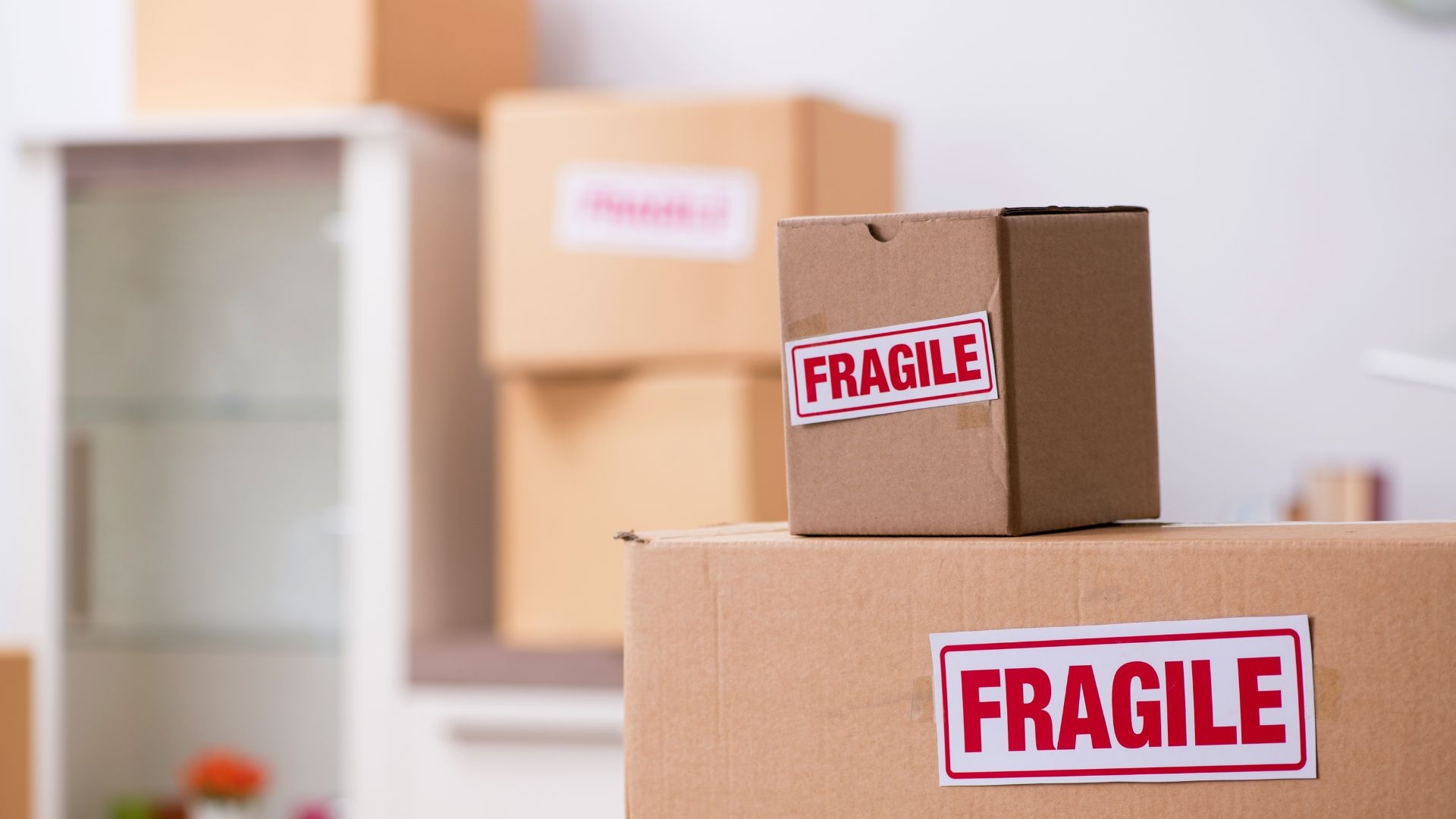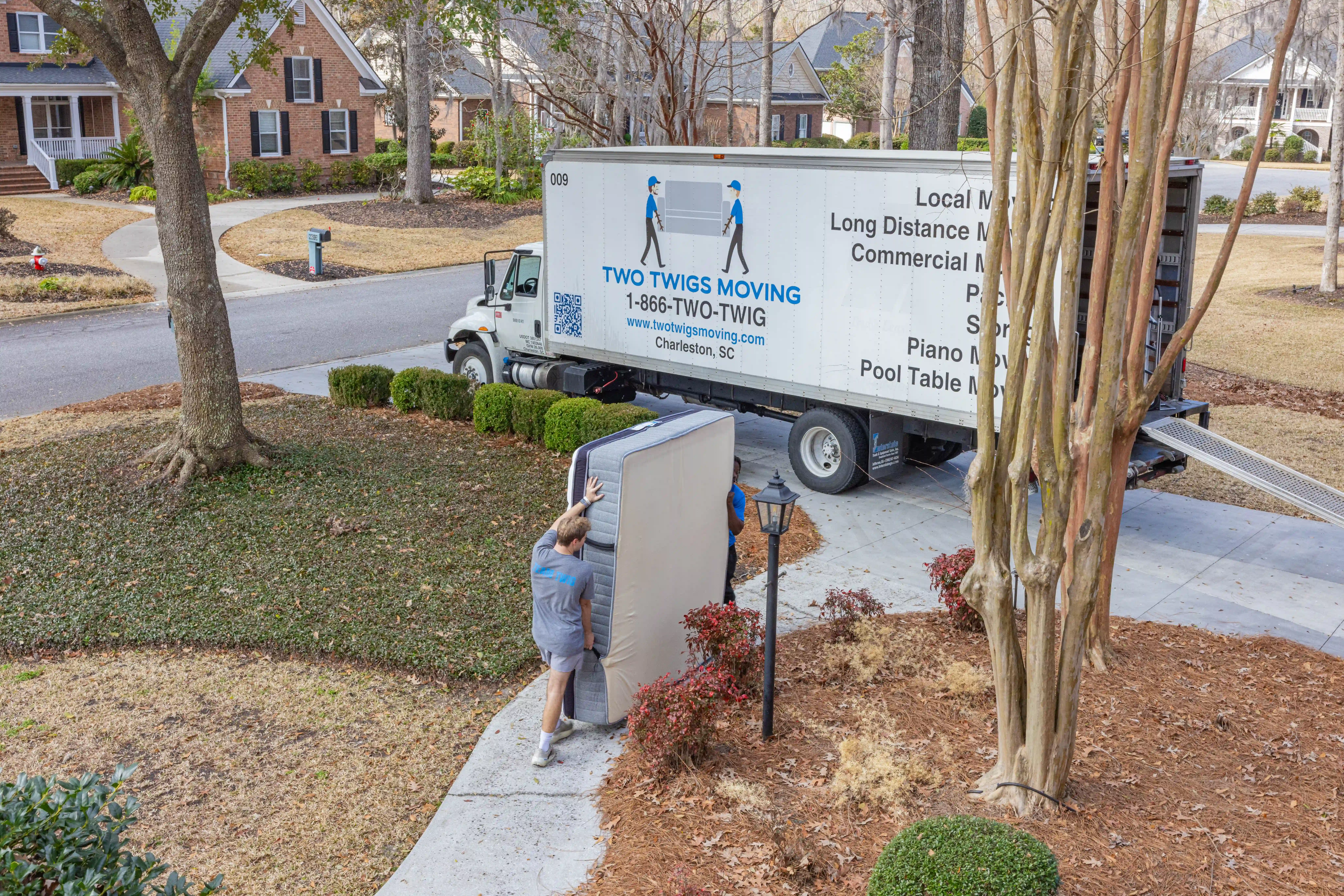Moving can be both exciting and daunting, but with the right tools and organization, you can make the process much smoother. At Two Twigs, we understand the importance of proper packing, and that’s why we’ve put together this comprehensive guide to help you choose the right moving boxes for your needs. Whether you’re packing up a small apartment or a large family home, we’ve got you covered.
1. Assess Your Needs
Before you start packing, take stock of your belongings and assess your packing needs. Consider the size and weight of your items, as well as any special considerations such as fragile or oddly shaped items. This will help you determine the types and quantities of boxes you’ll need for your move.
2. Choose the Right Sizes
Moving boxes come in a variety of sizes, so it’s essential to choose the right ones for your items. Here are some common sizes and their recommended uses:
- Small boxes (1.5 cubic feet): Ideal for books, small appliances, and heavy items.
- Medium boxes (3 cubic feet): Perfect for clothing, kitchenware, and toys.
- Large boxes (4.5 cubic feet): Great for bedding, pillows, and lightweight bulky items.
- Extra-large boxes (6 cubic feet and up): Suitable for lightweight, bulky items such as lampshades or bedding.
3. Consider Specialty Boxes
In addition to standard cardboard boxes, consider investing in specialty boxes for specific items. For example:
- Wardrobe boxes: These tall boxes come with a built-in hanging rod, making them perfect for transporting clothing on hangers.
- Dish packs: Designed with dividers and extra padding, these boxes are ideal for fragile dishes, glassware, and other kitchen items.
- TV boxes: Protect your television during the move with a sturdy, padded TV box designed to fit your screen size.
4. Don’t Forget Packing Supplies
In addition to boxes, you’ll need packing supplies to ensure your belongings are secure during transit. Stock up on packing tape, bubble wrap, packing paper, and markers for labeling boxes. Consider investing in corner protectors and furniture pads to prevent damage to your larger items during the move.
5. Label and Organize
Once you’ve packed your boxes, be sure to label them clearly with the contents and the room they belong in. This will make unpacking much easier and help you stay organized throughout the moving process. Consider color-coding your labels or using a numbering system to further streamline the process.
6. Pack Strategically
When packing your boxes, be strategic about how you arrange your items. Start with heavier items on the bottom and lighter items on top to prevent crushing, and fill any empty spaces with packing paper or bubble wrap to minimize shifting during transit. Be sure to seal your boxes securely with packing tape to prevent them from coming apart during the move.
With these tips and tricks from Two Twigs, you’ll be well-equipped to tackle your next move with confidence. From choosing the right boxes to packing strategically, a little preparation goes a long way toward ensuring a smooth and stress-free moving experience. Happy packing!


.svg)


